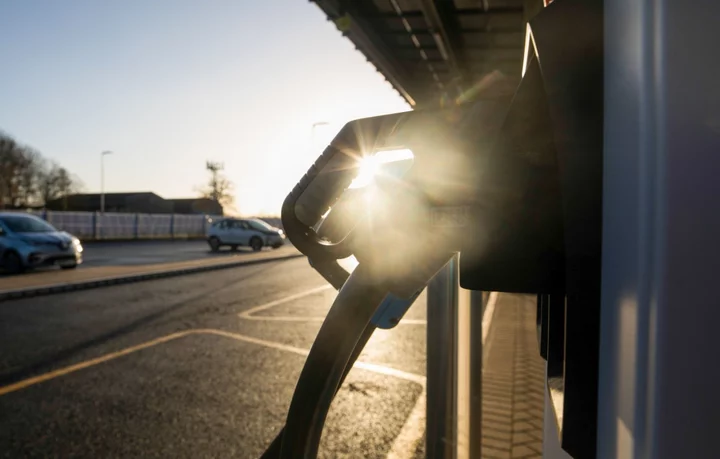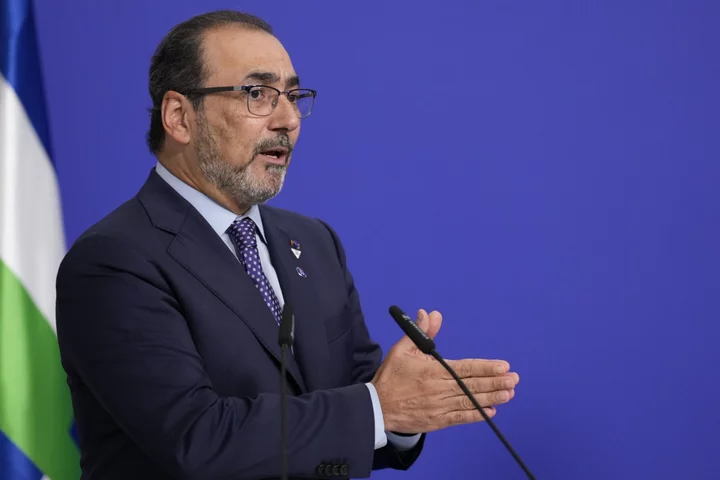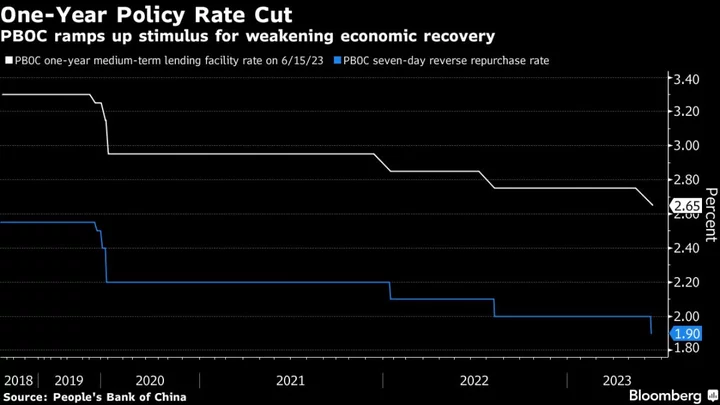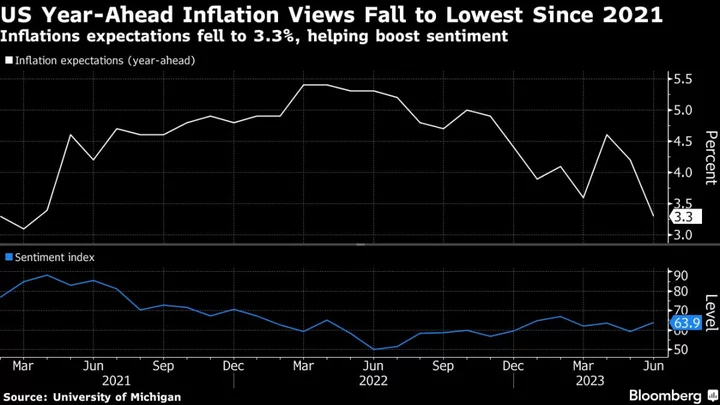The UK’s grid operator sees an opportunity to cut carbon emissions by getting smarter about when Britons charge the nation’s growing fleet of electric vehicles.
With nearly all cars expected to be electric by the middle of the century — even under the least-optimistic scenario — there’s a chance to match charging requirements with periods when demand is low and renewable power supply is high. That will require flexibility, especially on sunny and windy days when electricity is abundant.
“With suitable incentives and automation, drivers will be able to reduce their transportation costs at the same time as reducing the costs of operating the energy system,” National Grid wrote in its Future Energy Scenarios report that maps out possibilities for the country’s power system over the coming decades.
Savings are already becoming apparent, after sunny and windy conditions helped push power prices negative earlier this month. For customers on a flexible tariff designed for EV drivers by Octopus Energy, the owner of a Tesla Model Y, the UK’s best-selling electric car, could have been paid as much as £4.44 to charge up.
Flexible demand will need to be scaled up as the EV fleet expands to avoid wasting renewable energy and more costly options to balance the grid.
In addition, EVs could serve as a back-up power supply, using connections that allow them to send electricity back to grid at times of need. National Grid sees connected EVs providing as much as 28 gigawatts of storage capacity by 2035, more than doubling total battery storage available to cushion swings in supply and demand.









